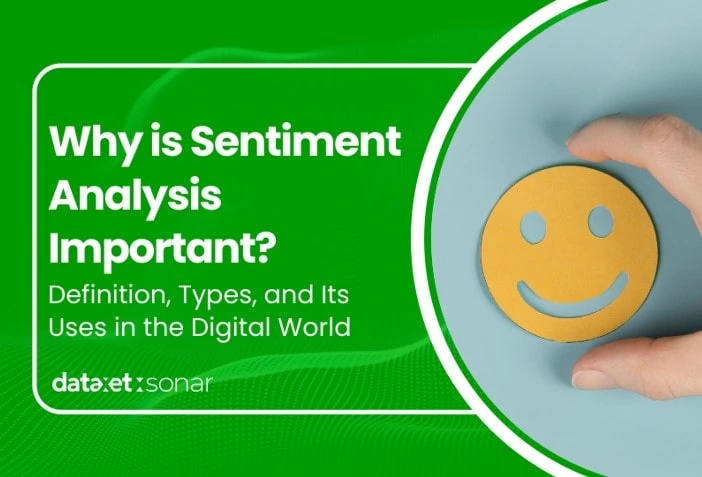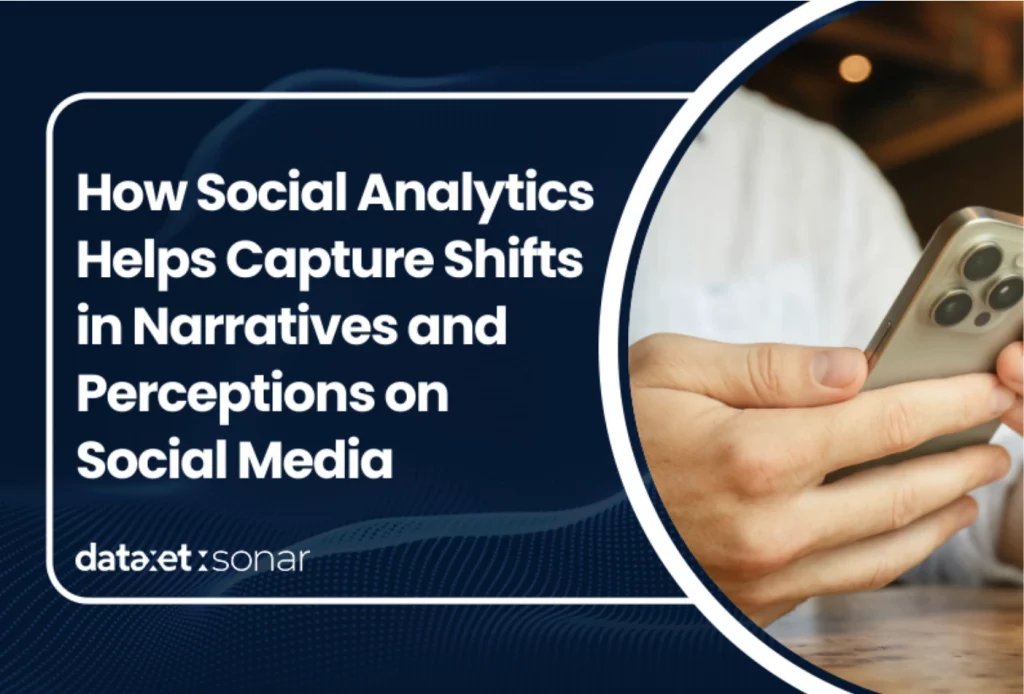Table of Contents
In today’s fast-paced digital era, public opinion and perception of a brand, product, or specific issue have a major impact on a business’s reputation and success. Sentiment Analysis is a technology used to measure and understand public feelings, emotions, and opinions from various online platforms. This technology enables businesses to determine whether public sentiment toward their brand or product is positive, negative, or neutral, allowing them to take appropriate actions to maintain or improve brand image.
Currently, sentiment analysis is becoming increasingly important in digital marketing strategies, reputation management, and enhancing customer experience, especially due to its ability to provide real-time insights.
How Sentiment Analysis Works

Sentiment Analysis relies on artificial intelligence (AI) algorithms and Natural Language Processing (NLP) to analyze text and identify the sentiment it contains. This process includes several key stages:
- 1. Data Collection: Data is gathered from various sources, such as social media, customer reviews, and news sites.
- 2. Preprocessing: The text is processed to clean the data—such as removing punctuation and common words—to ensure more accurate analysis.
- 3. Sentiment Analysis: The algorithm identifies words or phrases that are positive, negative, or neutral and calculates the overall sentiment of the text.
With the help of this technology, sentiment analysis provides deep insights into how audiences respond to a particular brand or product.
Types of Sentiment Analysis

Sentiment analysis has several main types that can be tailored to meet business needs:
- Polarity-Based Sentiment Analysis: Determines whether the sentiment in the text is positive, negative, or neutral. This type is often used to measure customer satisfaction.
- Emotion-Based Sentiment Analysis: Identifies specific emotions within the text, such as happiness, anger, or disappointment, which is useful for understanding the emotional responses of the audience.
- Aspect-Based Sentiment Analysis: Analyzes sentiment related to specific aspects, such as product quality or customer service, allowing companies to identify areas that need improvement or enhancement.
Each type of sentiment analysis provides unique insights that help businesses understand public opinion in greater detail.
Applications and Uses of Sentiment Analysis

Sentiment analysis has numerous applications across various industries, including:
- Reputation Management: Companies can monitor public sentiment toward their brand and respond quickly if negative issues arise.
- Digital Marketing: Marketing teams can use sentiment analysis to evaluate audience responses to campaigns and adjust strategies based on the feedback.
- Product Development: Customer feedback obtained through sentiment analysis can assist in developing products that better meet consumer needs and expectations.
The application of sentiment analysis enables companies to respond to public opinion more strategically.
Sentiment Analysis in Social Media

Social media is one of the primary data sources for sentiment analysis. Platforms like Twitter, Instagram, and Facebook have millions of users who actively share their opinions on various topics, including brands and products.
With sentiment analysis, companies can monitor conversations on social media to understand how audiences are responding to their brand. If a negative trend arises, companies can take immediate action as needed use social media monitoring tools. Additionally, sentiment analysis helps businesses identify emerging trends among their audience, allowing them to design more relevant campaigns.
Advantages and Benefits of Using Sentiment Analysis

Sentiment analysis offers numerous benefits for companies, including:
- 1. Enhancing Customer Satisfaction: By understanding customer opinions and feelings, companies can make targeted improvements to their products or services.
- 2. Crisis Anticipation: Sentiment analysis enables companies to detect potential issues early and respond before a negative issue escalates into a major crisis.
- 3. Improving Marketing Effectiveness: Insights from sentiment analysis can be used to create more relevant and personalized marketing campaigns.
With these benefits, sentiment analysis has become an essential tool for companies to understand and respond to customer needs.
Recent Developments in Sentiment Analysis

Sentiment analysis technology continues to evolve with new innovations. Some recent developments include:
- Use of Deep Learning and Neural Networks: These technologies enhance the accuracy of sentiment analysis by improving its ability to understand context, language nuances, and complex emotions.
- Predictive Analytics: With predictive analytics, sentiment analysis can anticipate future trends in public opinion, helping companies plan more effective strategies.
These innovations are making sentiment analysis increasingly sophisticated, allowing companies to gain deeper and more relevant insights.
Ethics in Sentiment Analysis

The use of sentiment analysis brings ethical responsibilities, particularly in terms of data privacy and management:
- Data Privacy: User data collected from social media and review platforms may contain personal information. Companies must protect this data’s privacy and security by adhering to relevant regulations.
- Responsible Data Use: Insights derived from sentiment analysis should be used responsibly, avoiding manipulation or misuse that could harm individuals or groups.
Ethics in sentiment analysis is essential to ensure this technology is used in a way that respects user privacy rights and complies with established regulations.
Conclusion: The Future of Sentiment Analysis

Sentiment analysis has become an essential tool for many companies due to its ability to provide relevant insights into public opinion and customer sentiment. With technological advancements, sentiment analysis will become increasingly precise and capable of delivering deeper insights.
In the future, sentiment analysis will integrate further with other technologies like AI and predictive analytics to forecast public opinion trends. This integration enables companies to design more proactive strategies and enhance customer experiences. Sentiment analysis bridges the gap between consumer voices and corporate actions, making it an indispensable tool in the modern business world.






